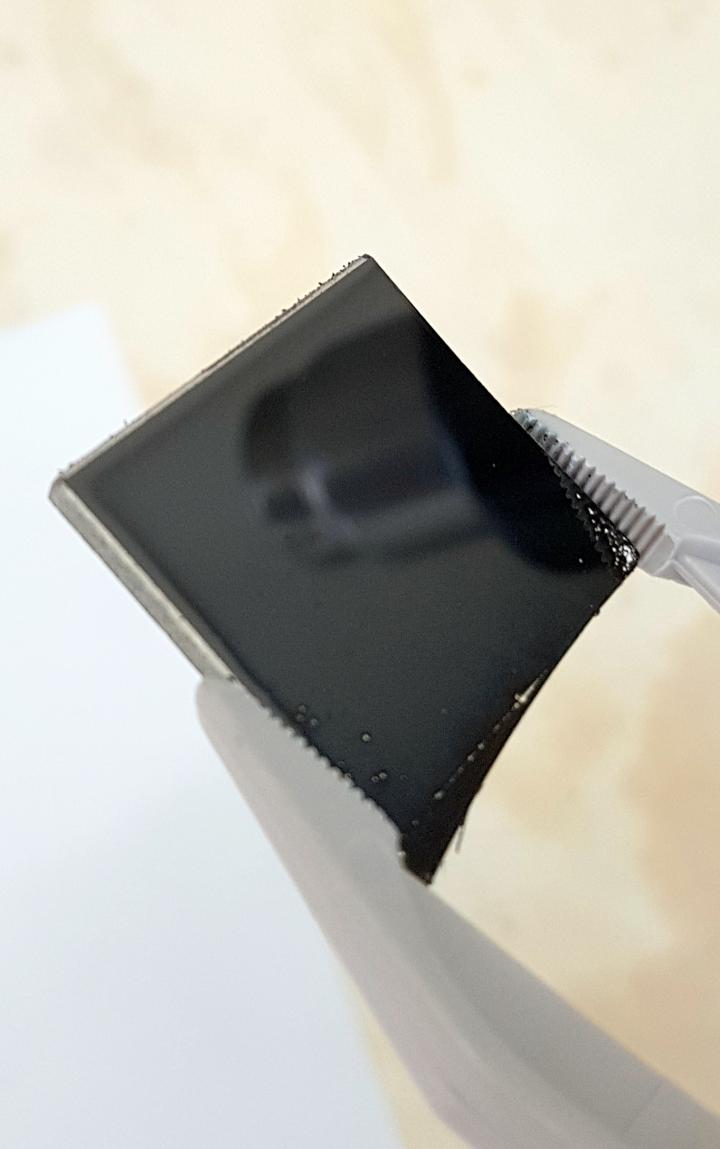
Credit: CSIRO
Australia’s national science agency, CSIRO, has created a breakthrough new form of graphitic material that’s conductive, easy to apply and offers greater control over performance than graphene.
GraphON can also be manufactured cheaper and easier, with more flexibility and less hazardous waste than comparable products.
CSIRO’s Dr John Tsanaktsidis said “GraphON has the potential to offer industries like aerospace and defence an innovative new way to conduct heat or electricity through a surface coating or composite structure.”
“Potential uses include electrostatically dissipative coatings, electromagnetic interference shielding, electrical heating (de-icing), conductive coatings, and anticorrosion coatings.”
A patented CSIRO technology, GraphON is produced by taking the well-known, mass produced polymer polyaniline dinonylnaphthalenesulfonic acid, PANI.DNNSA, and heating it to temperatures as low as 650°C.
As CSIRO’s form of this polyaniline is able to be dissolved in common organic solvents it can easily blended with other polymers and paints. In addition by coating PANI.DNNSA directly onto an object, then heating it, you’re left with a conductive graphitic coating, GraphON, without the need for additional processing steps.
“What is different about GraphON is that it comes directly with imbedded heteroatoms such as nitrogen and oxygen in the graphitised material”, added Dr Tsanaktsidis. “This unigue featute of GraphON greatly improves its dispersibility in a variety of other materials and solutions.”
The name GraphON reflects the presence of oxygen and nitrogen in the carbon based structure.”
It’s easy and cheap to produce. Manufacturing GraphON is estimated to cost less than $USD2000/kg, another factor expected to help drive uptake and the development of new applications with it.
“To ensure GraphON is made to the highest quality, we use flow chemistry to produce the polyaniline precursor”, said Dr Tsanaktsidis. “This guarantees the end product is scalable, consistent, and reproducible.”
Other possible uses of GraphON include:
- energy capture and storage
- printed circuit board manufacturing
- chemical sensors
- conductive inks
- electrodes and supercapacitors
- textiles/fabrics.
CSIRO is one of the world’s largest mission-driven multidisciplinary science and research organisations. It collaborates with industry, government, academia and the community to turn science into solutions.
It’s looking for commercialisation partners to help turn its GraphON technology into industrial applications.
###
Media Contact
Chris Still
[email protected]
61-405-758-171
Original Source
https:/



